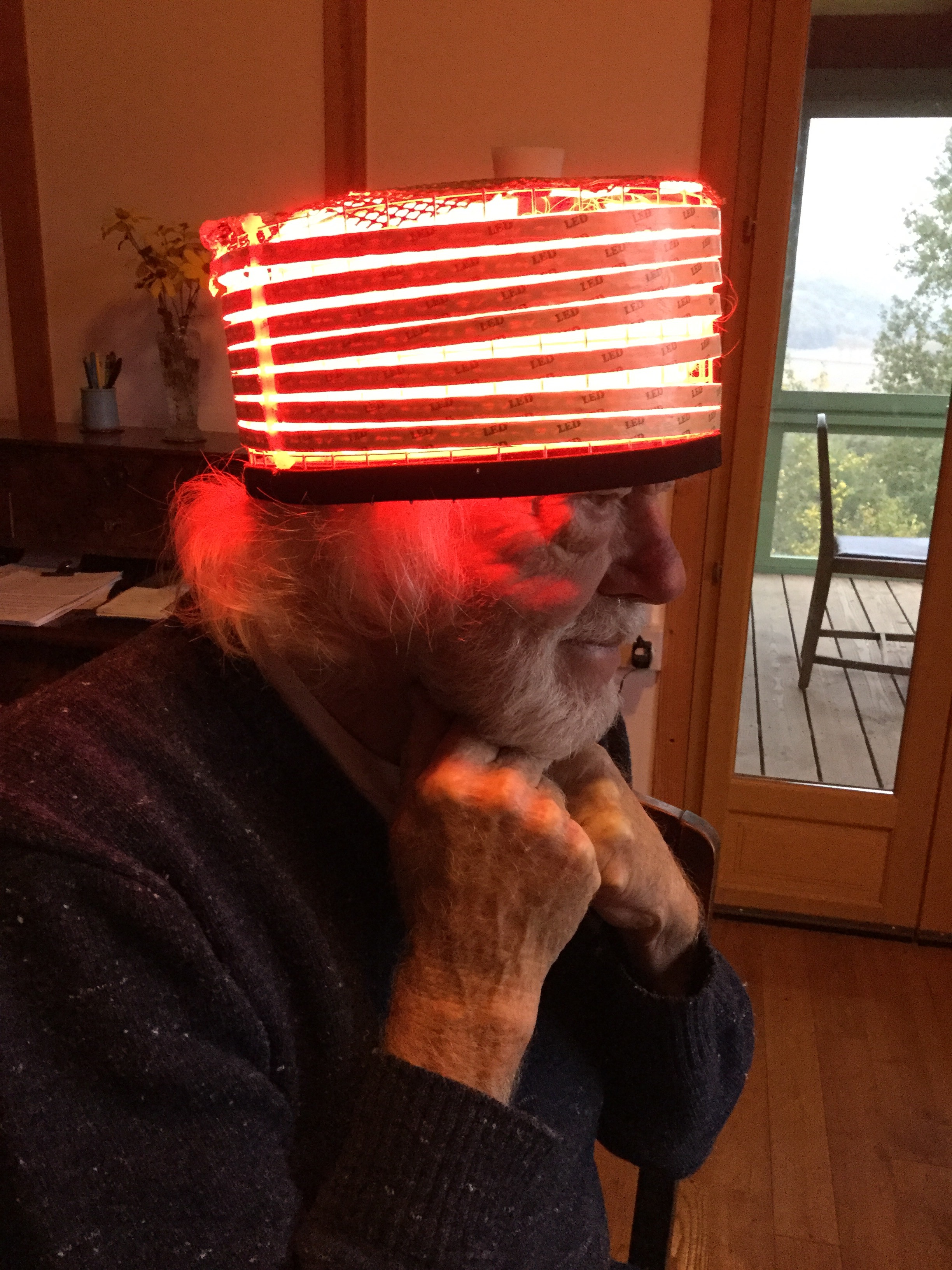The previous blog looked at a journal article entitled: Effects of exercise on sleep in neurodegenerative disease, and focussed on its comments about sleep, exercise and Parkinson’s disease. This post looks at what the article has to say about exercise, sleep and Alzheimer’s disease.
Continue reading “Exercise and sleep in Alzheimer’s”Tag: Safety
The instructions on this blog give clear information about safety issues. It’s tempting to try different things, but safety is paramount. Please follow the blog recommendations.
More on eye lights
Prof Glen Jeffrey at University College London released the results of a small study looking at the effect of red lights (deep red 670nm in particular).
Prof Jeffrey’s work has been previously described in this blog. He and his team have clearly shown that deep red light is good for eyes.
Remember, though, only use LED lights.
Never ever use lasers on your eyes!
You can make your own eye light using LED strip and an old pair of glasses – here’s a link to a recent post showing a home-made eye light.
South Australian PD study – early results
Twelve people in South Australia volunteered to participate in a study on the effect of near-infrared light on people with Parkinson’s disease.
Dr Liebert presented the findings of a preliminary analysis of the data to the study participants, their families and members of Parkinson’s South Australia on Tuesday 9 September 2019.
Continue reading “South Australian PD study – early results”Meet Michael, the Cossack designer.

Here is Michael Richards, wearing his wonderful Cossack light hat.
Michael has been putting together an instruction for a LED-Leg. A few months ago he managed to upset one of his legs by straining his Achilles’ tendon.
He decided to put his red-light making skills into action to fast-track the recovery of his tendon.
And it worked.
Comfort is paramount – the Not List
I’ve been contemplating the DIY red light hats I’ve seen. Some are brilliant, made with artistry and an aesthetic balance that is breathtaking. Some are, um, not so magnificent to behold. Does appearance matter? Not really.
It is not the beauty, it is the function.
If the DIY light hat is heavy, hot, oppressive or worse, covers the face, it is not going to be comfortable to wear, no matter how elegant it looks.
If it is a physical burden to wear the light hat, then it is unreasonable to expect anyone to take on such a daily commitment of misery.
Comfort is the key to any DIY light device.
Here is the List of Nots:
- Not heavy
- Not hot
- Not oppressive
- Not covering the face
- Not difficult to balance on the head
- Not physically awkward or painful to wear for 20-odd minutes at a time
The User of the device must always have the final say.
If the User finds the light hat distressing or uncomfortable wear, the User can and should refuse to use it.
The User’s opinion is final.
Will red lights “fry my brain”?
I know that this term has been recently used in conjunction with red lights which is a pity. While it might make a thrilling moment on television, it gives a very inaccurate and misleading picture of how red lights work.
Even worse, it raises unnecessary fears.
The answer: red lights won’t fry your brains.
If you follow the guidance given in this blog, you’ll notice that there is occasional mention of heat, because some LED strips can get warm. And anything warm on your head can be uncomfortable.
This is easily avoided by making yourself a light hat that is open and not closed in – the Cossack is the best DIY design.

